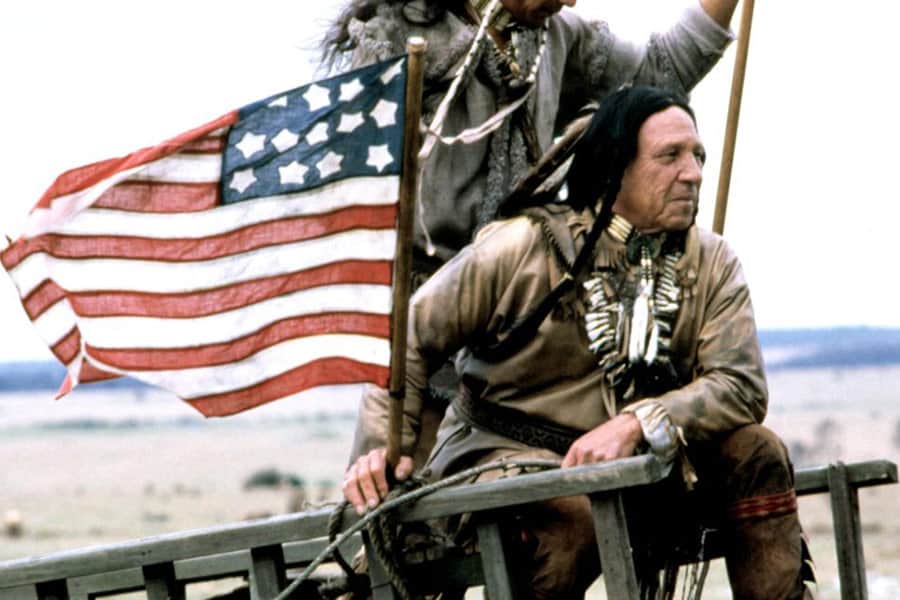World War II witnessed many an extraordinary feat, but few matched that of a Cherokee professional knife and tomahawk thrower who enlisted in the US Army. One cold winter night, he led a patrol to take out a German position, but to get to it, he had to silently take out an enemy sentry. He did so with the longest known knife throw in the history of combat. Following are thirty things about that feat and other fascinating World War II facts.

30. The Knife and Tomahawk Throwing Phenomenon
Until the late 1980s, summer visitors to Wrightwood, California, up in the San Gabriel Mountains northeast of Los Angeles, were treated to knife and tomahawk throwing performances by George “Skeeter” Vaughan (1922 – 1989). He would burst balloons with tomahawks and knives, and trim cigarettes held between the lips of a beautiful bikini-clad assistant. In addition, to massively talented, Skeeter was charismatic and funny, and often gave a history of the tomahawk during his show. He would display a pipe tomahawk and remark that “You could get stoned with either end of this thing“, delivered with a grin so infectious that people still laughed even after the umpteenth time they heard the line.

A Cherokee Indian whose tribal name means “Grey Otter”, Skeeter learned his throwing skills at age seven and turned professional when he joined a traveling show that toured the West when he was twelve years old. Those skills led him to a career as an actor and stuntman, and he appeared in dozens of movies and shows. They include The Last of the Mohicans, Revolution, The Great White Hope, Gunsmoke, Magnum P.I., Happy Days, and The Six Million Dollar Man. Less known is that he had put his knife-throwing skills to practical use during World War II, and killed a German sentry in an extraordinary feat that entailed the longest known knife throw in combat.

